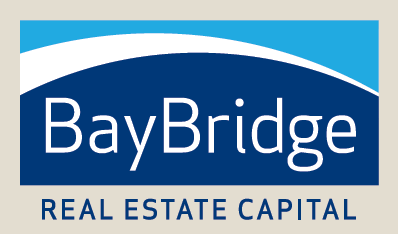The senior housing market is slowly rebounding from pandemic record lows. The sector experienced a 10 percent overall decrease in occupancy rates by Q1 2021. Initially, regulations imposed to avoid overcrowding and the general fear of shared spaces within a vulnerable community caused demand to decline sharply. Overall occupancy is now bouncing back above 83 percent, up from 77 percent. Despite the initially low occupancy percentage, the senior housing market has reached its highest number of occupied units on record.
With an aging baby boomer population—individuals born between 1946 and 1964—the senior housing market is positioned for additional expansion. The youngest baby boomers have approximately six years before they enter the age range for senior housing. As the demographic shift continues, the market will naturally experience growth, creating opportunities for industry players.
Melancholy statistics may also bolster senior housing demand. For instance, rising divorce rates among older adults potentially contribute to the lack of spousal care, and the decreasing number of children available to care for aging parents places additional pressure on senior housing facilities to meet the growing demand.
Senior living providers must adapt to baby boomers’ evolving preferences and priorities to remain a lucrative option. While safety, room and board, and care coordination were once primary concerns, the focus is now on lifestyle, purpose and socialization. Baby boomers seek an enhanced quality of life and community engagement. Consequently, more seniors are anticipated to opt for senior housing facilities that prioritize wellness, lifestyle amenities and opportunities for social interaction. Developers must consider these shifting preferences to attract and retain residents.
Developers also need to have an in-depth understanding of building structures optimally designed for senior care. The dimensions and amenities of these facilities differ from the standard multifamily units. Accessibility and staff-friendly designs are essential for functionality and meeting the lifestyle requirements to support resident well-being—a key factor for occupancy. For these reasons, ground-up construction is more feasible than converting other assets. While it’s important to avoid overbuilt locations, the general attitude among developers can be summarized as “if you build it, they will come.”
- Richter, J. (2019, September 25). Real Estate Daily Beat. Daily Beat NY. Retrieved June 9, 2023, from www.dailybeatny.com
- Lueckemeyer, O. (2023, May 1). Senior housing industry mounts a comeback as Baby boomers age in and new construction stalls out. Bisnow. https://www.bisnow.com/dallas-ft-worth/news/senior-housing/senior-housing-industry-mounts-a-comeback-as-baby-boomers-age-and-new-construction-stalls-118736. Retrieved June 9, 2023, from www.bisnow.com
- Bull, M., & Costello, J. (2023, Jun 1). Senior Housing Performance and Strategies. Spotify. Retrieved June 9, 2023, from www.spotify.com

